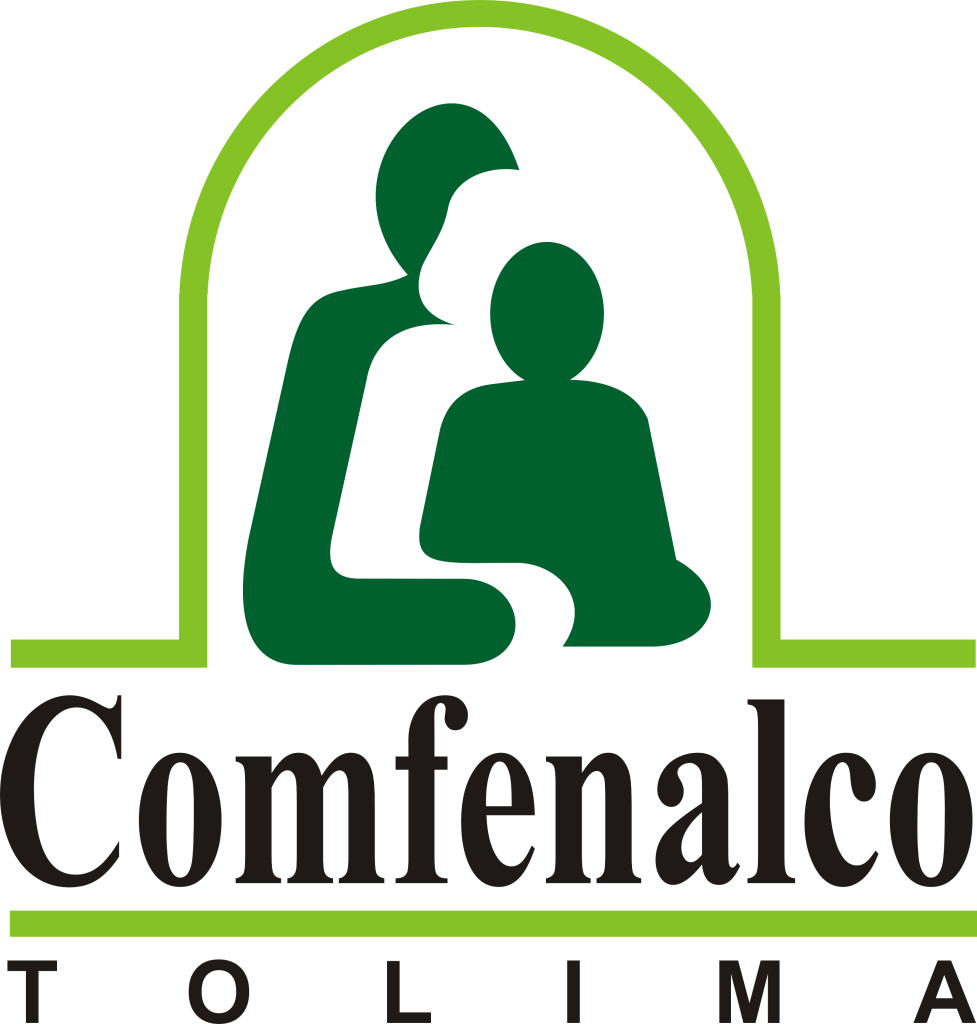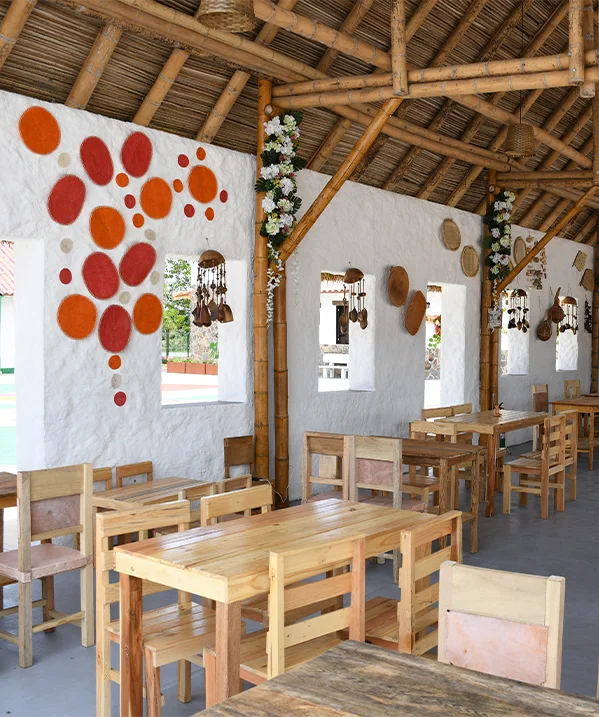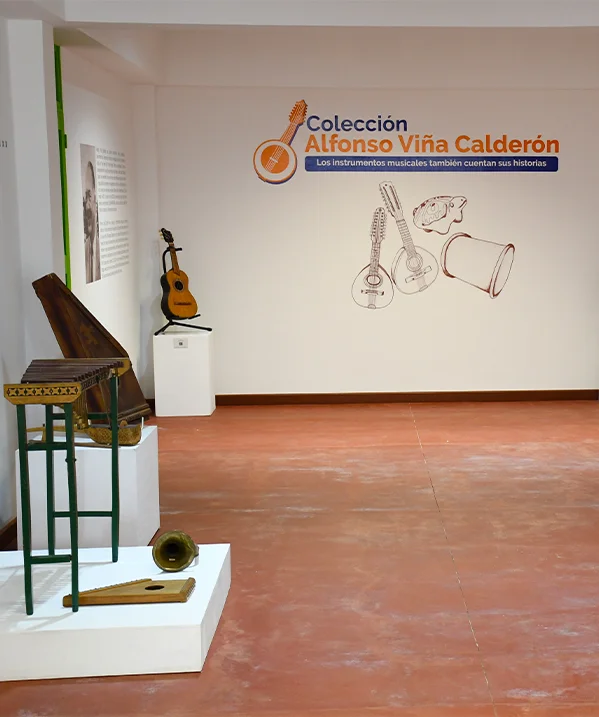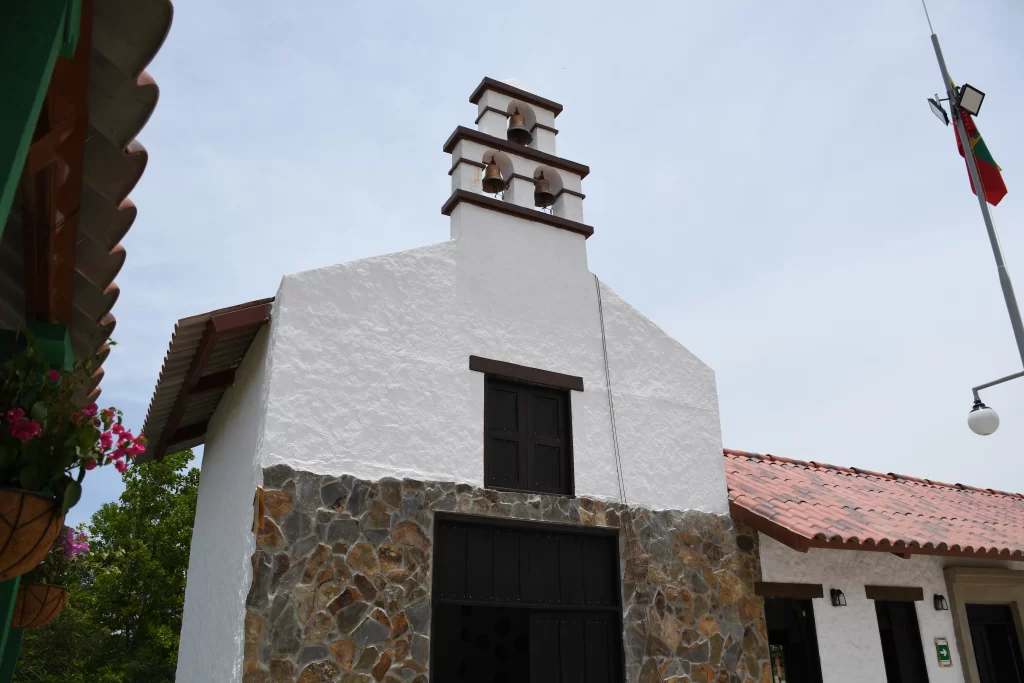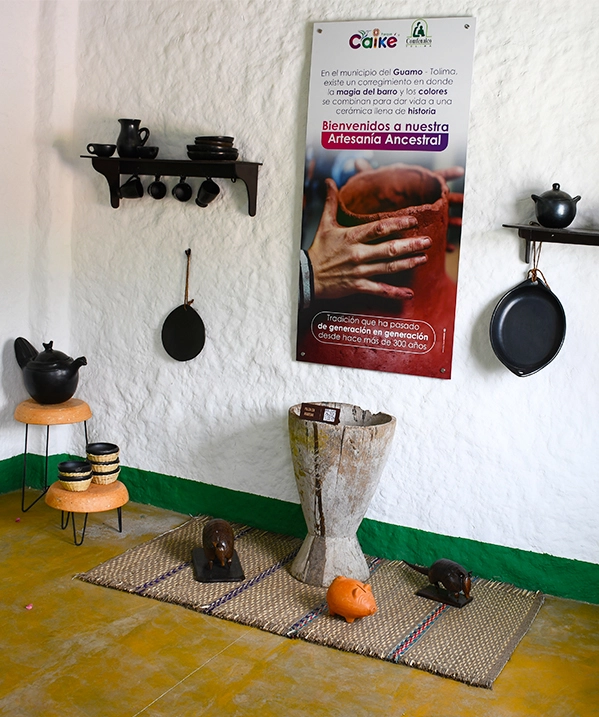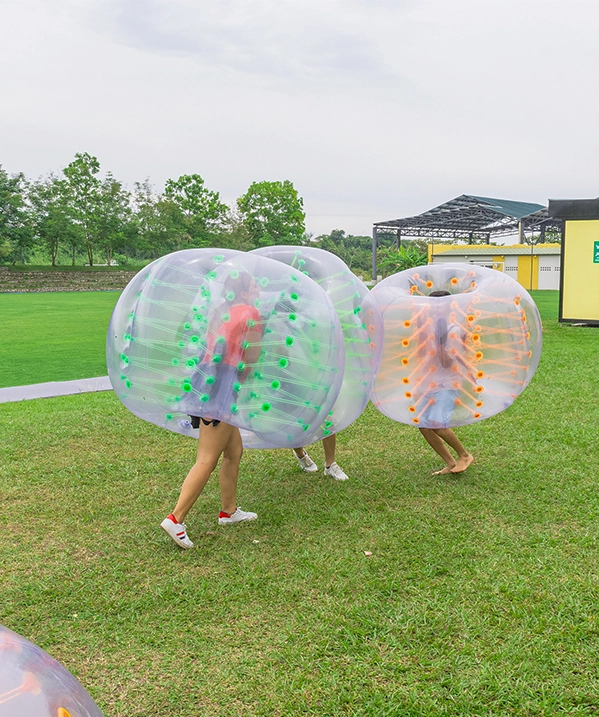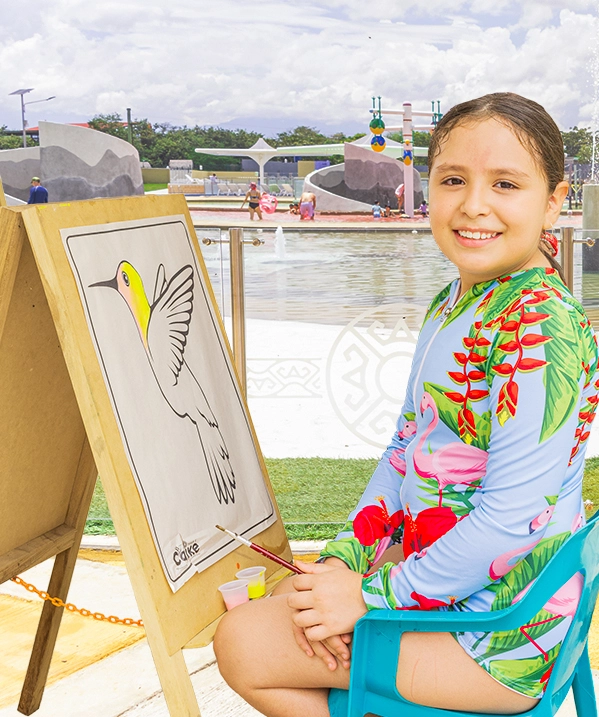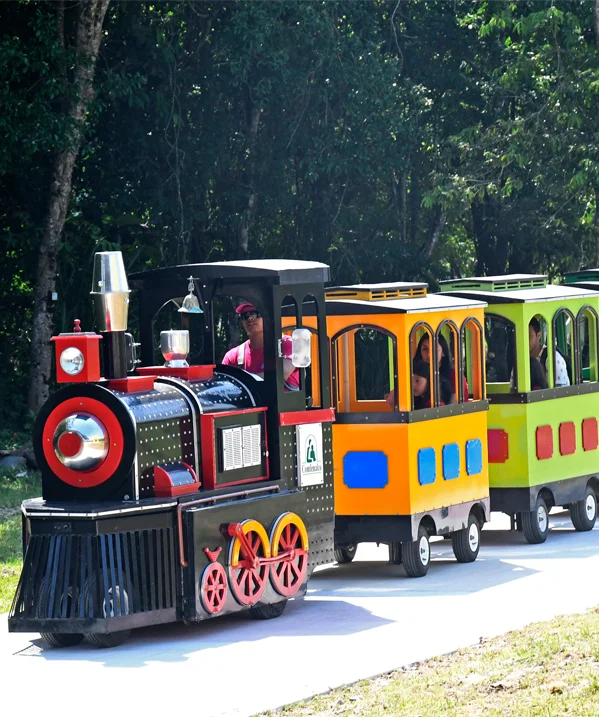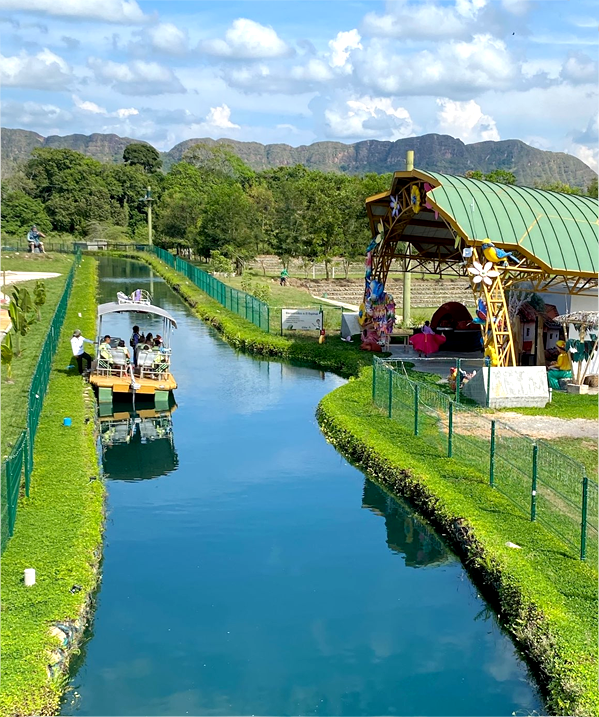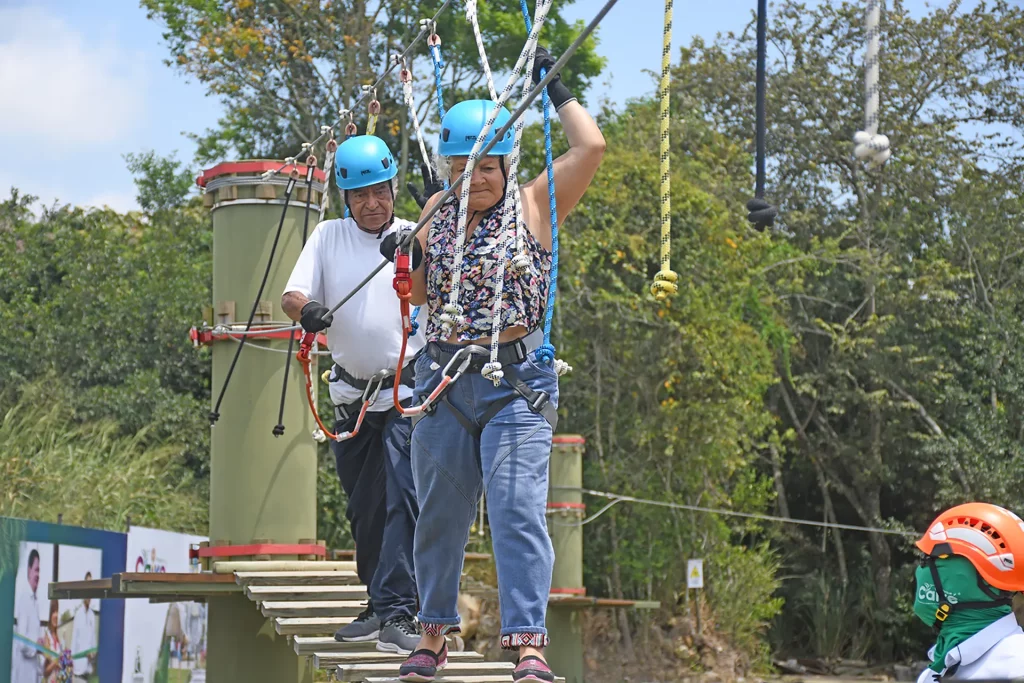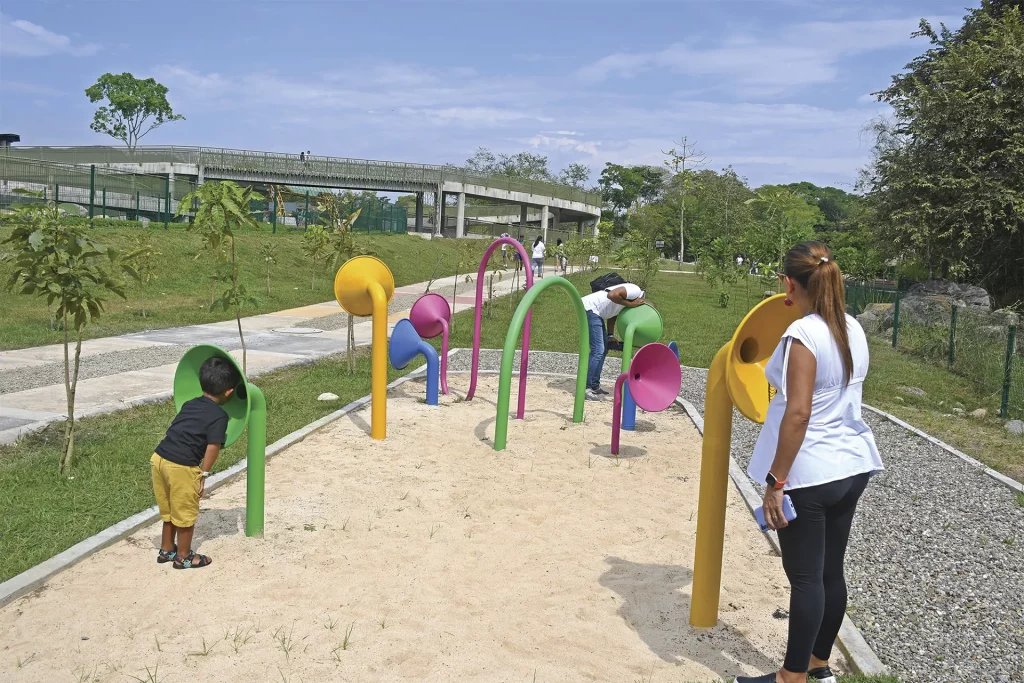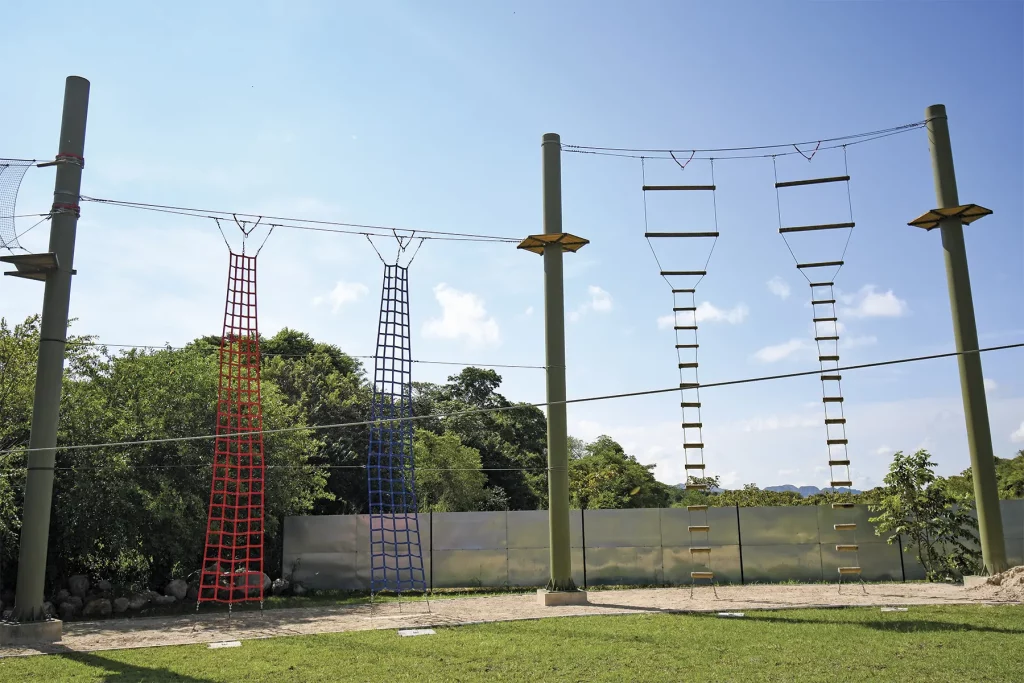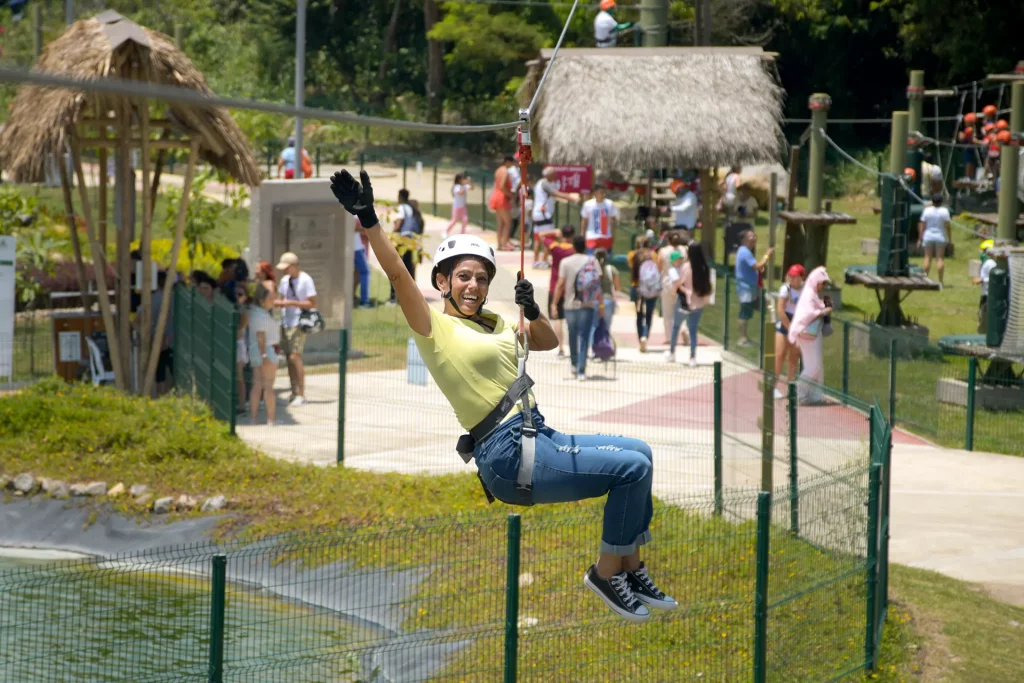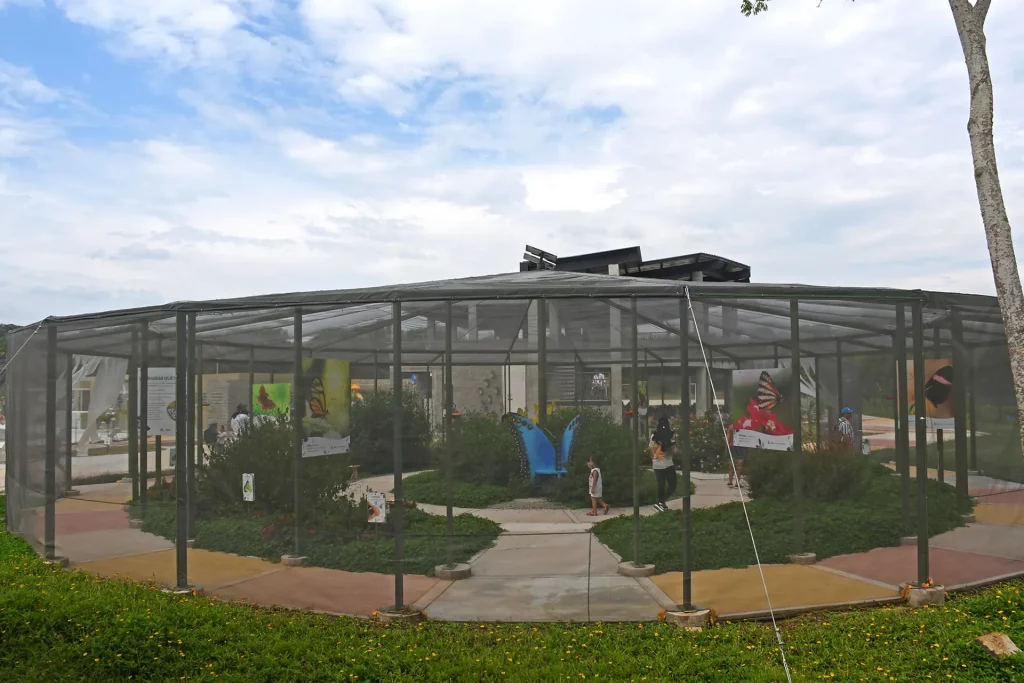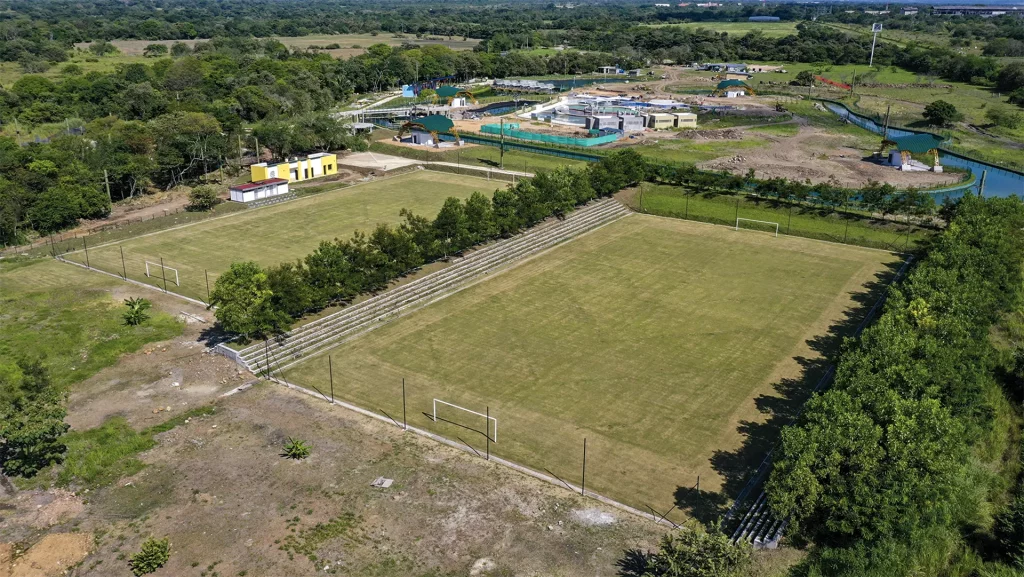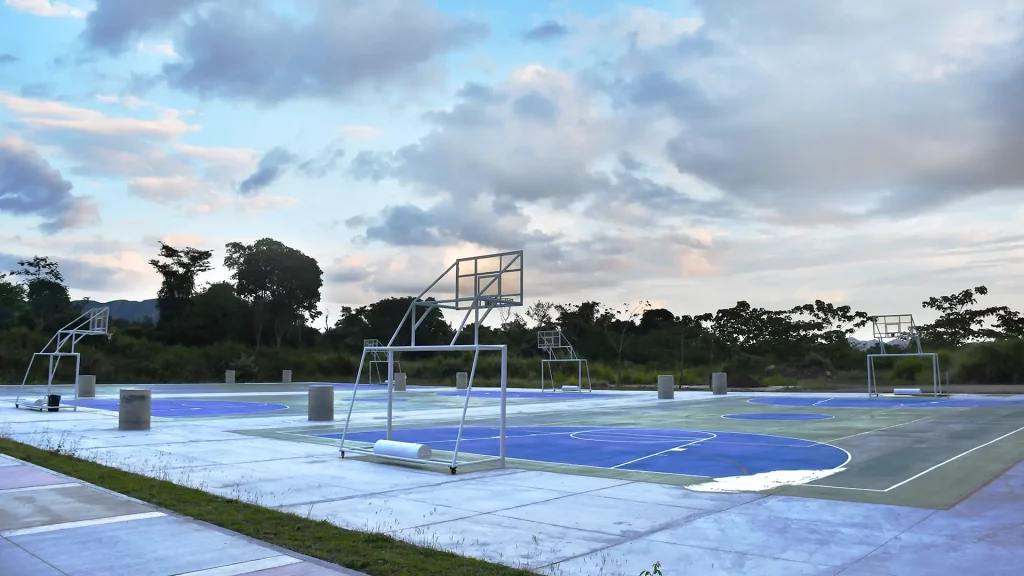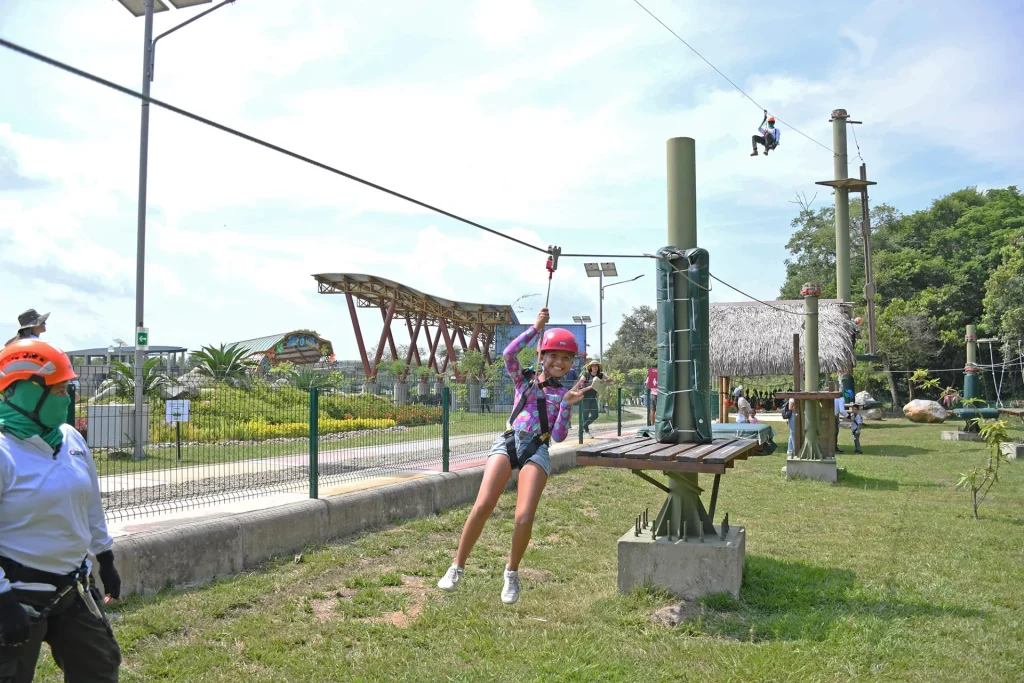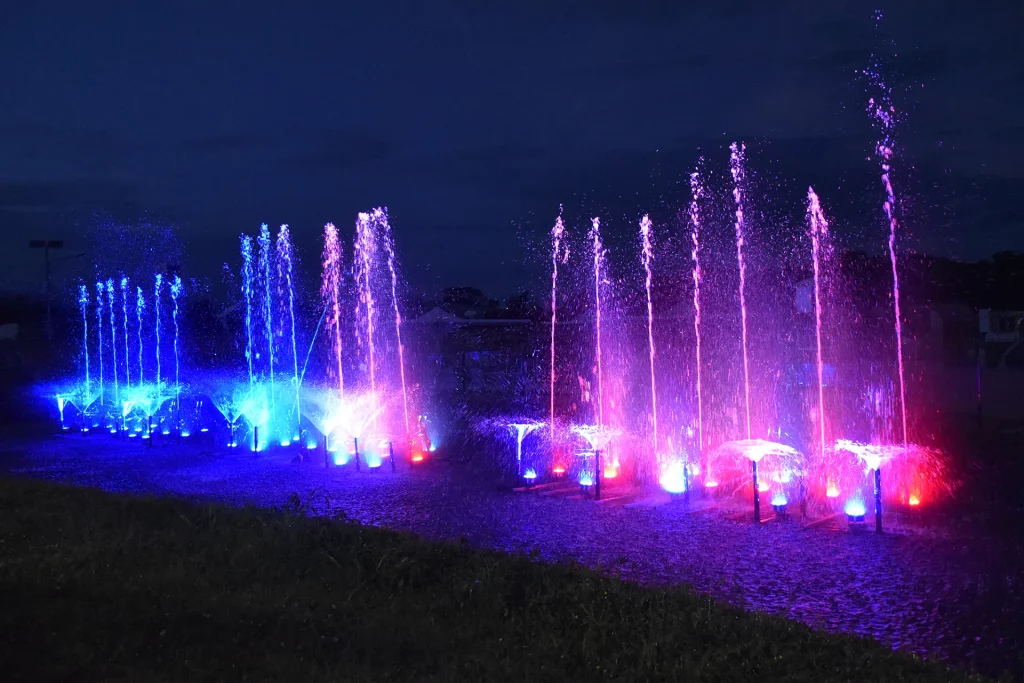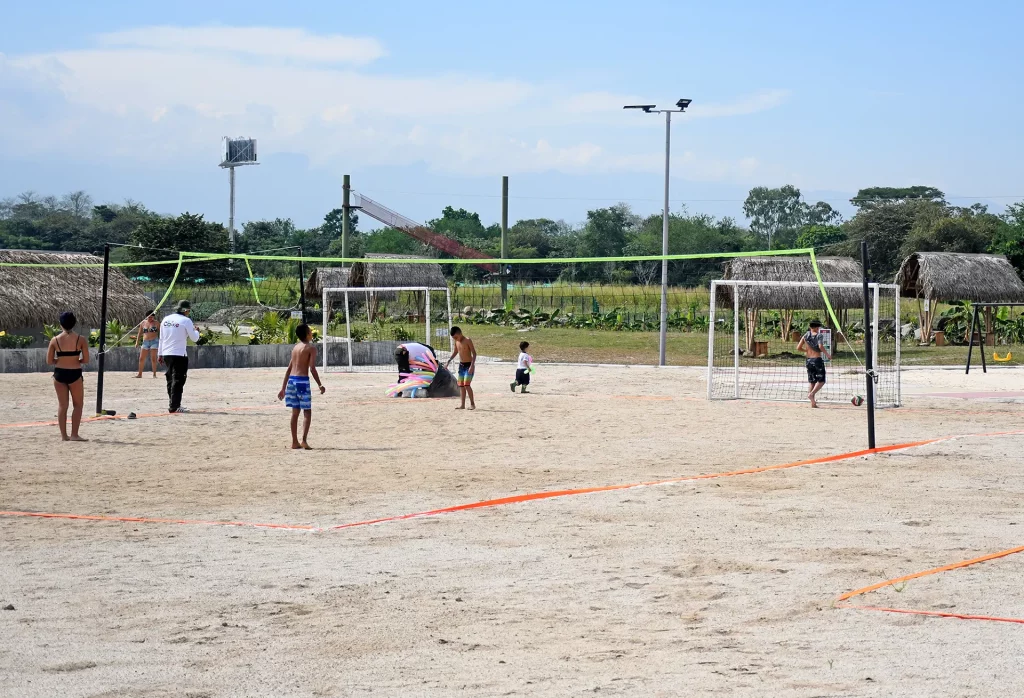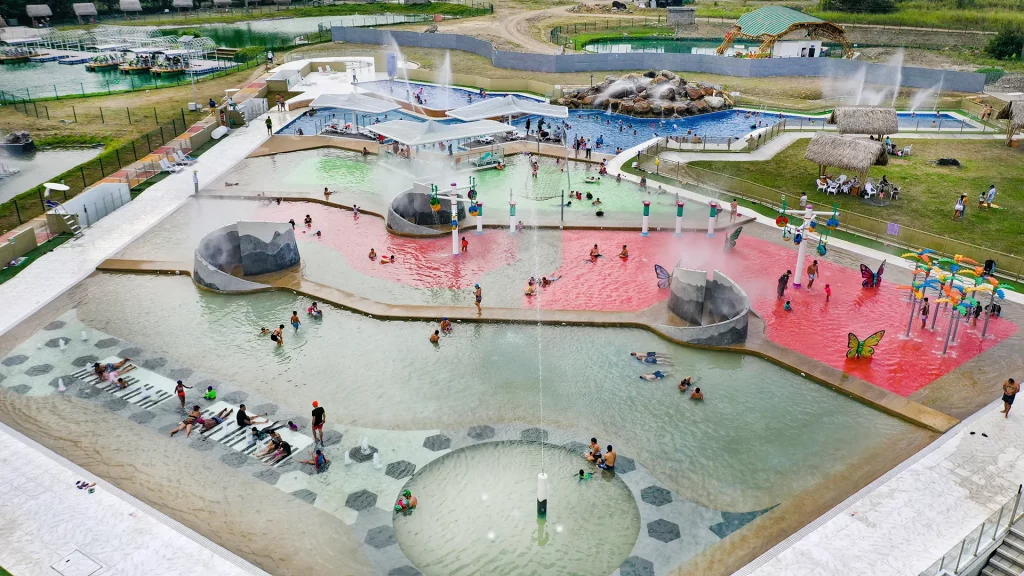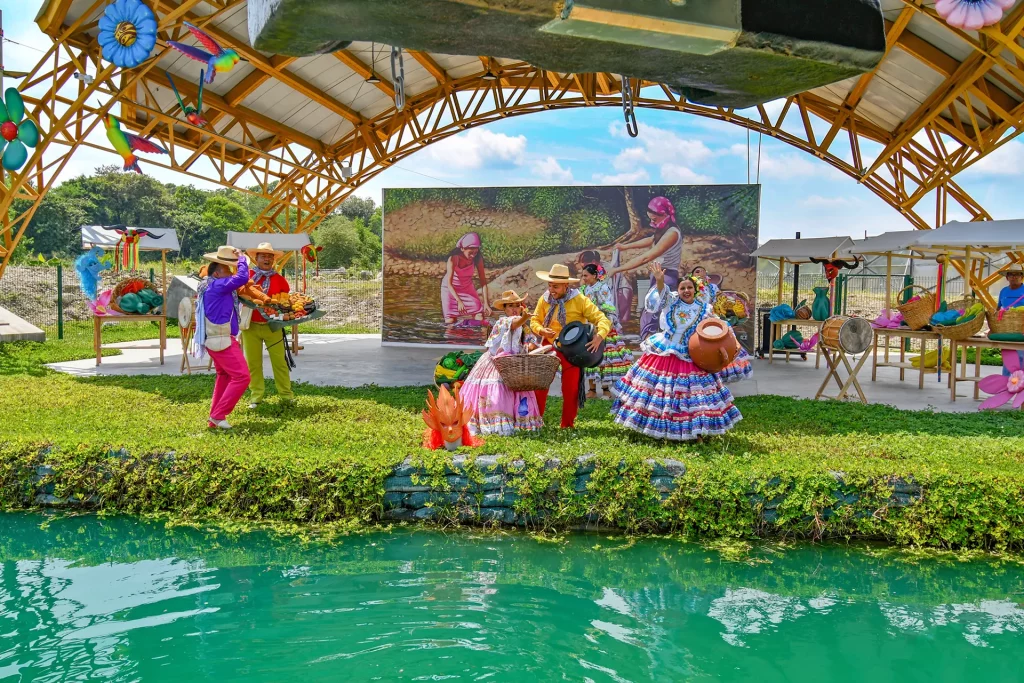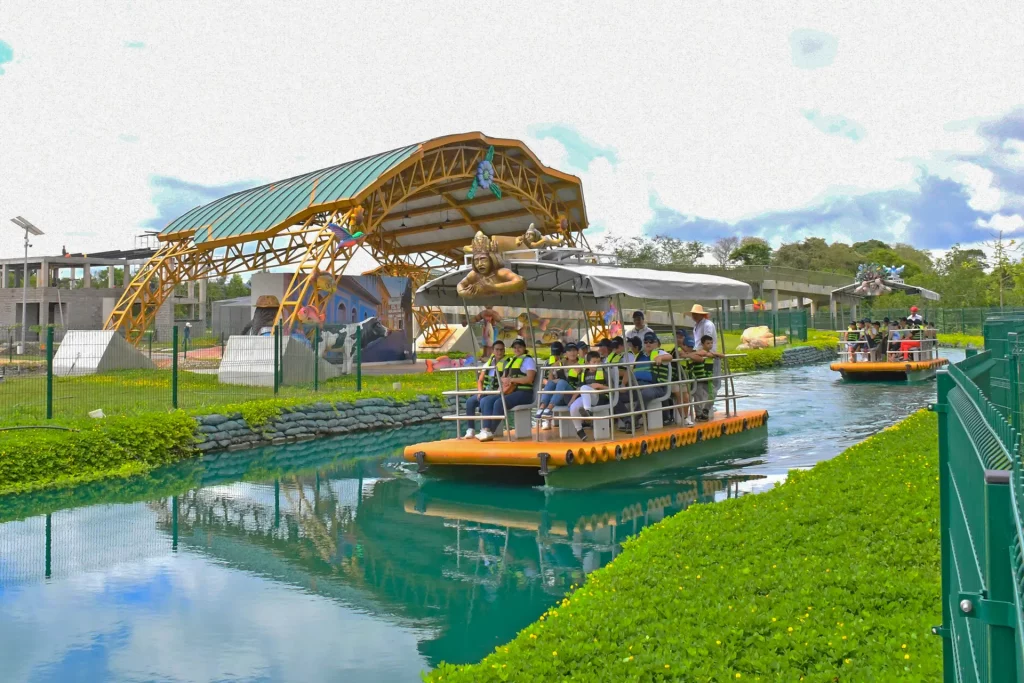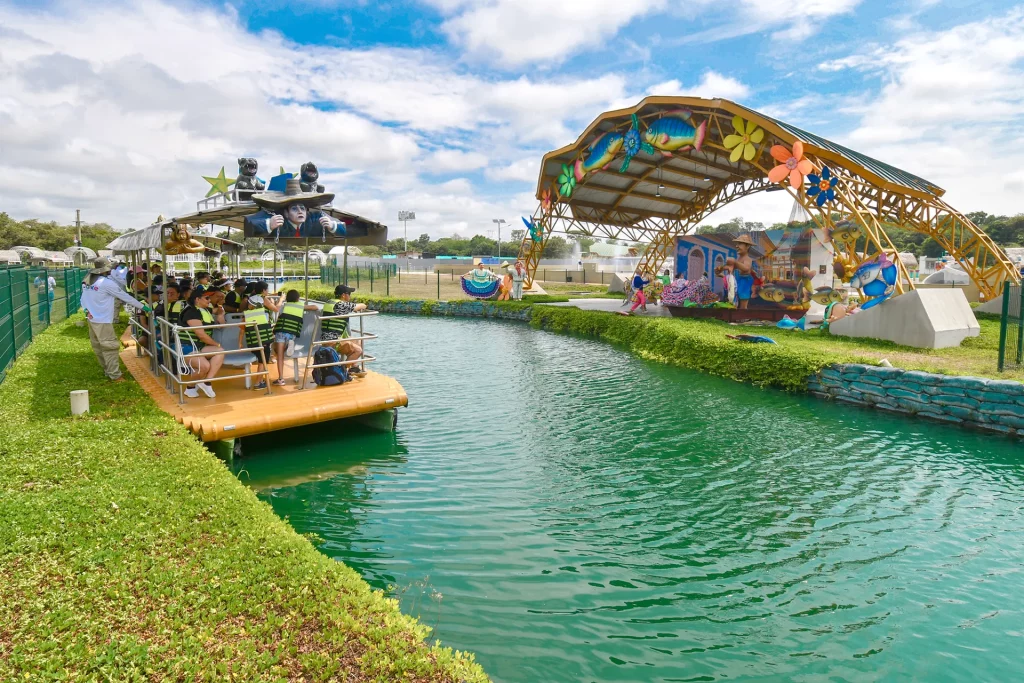Inicio » Artesanía ancestral en nuestro pueblito tolimense
Artesanía ancestral en nuestro pueblito tolimense
Añade aquí tu texto de cabecera
Ancestral craftsmanship in our “Pueblito tolimense”
En los municipios del Tolima la magia del barro y los colores se combinan para dar vida a una cerámica llena de historia.
Tradición que ha pasado de generación en generación, desde hace más de 300 años.
Para el proceso de elaboración de cada pieza de alfarería, nuestros artesanos crean del barro, grandes obras de arte utilitario principalmente, que perduran en el tiempo y nos remontan a esa Artesanía Ancestral que todos deseamos lucir en nuestros hogares.
In the municipalities of Tolima, the magic of clay and colors combine to give life to a pottery full of history.
A tradition that has been passed from generation to generation for more than 300 years.
For the elaboration process of each piece of pottery, our artisans create from clay, great works of utilitarian art mainly, that last in time and take us back to this Ancestral Craftsmanship that we all want to show off in our homes.
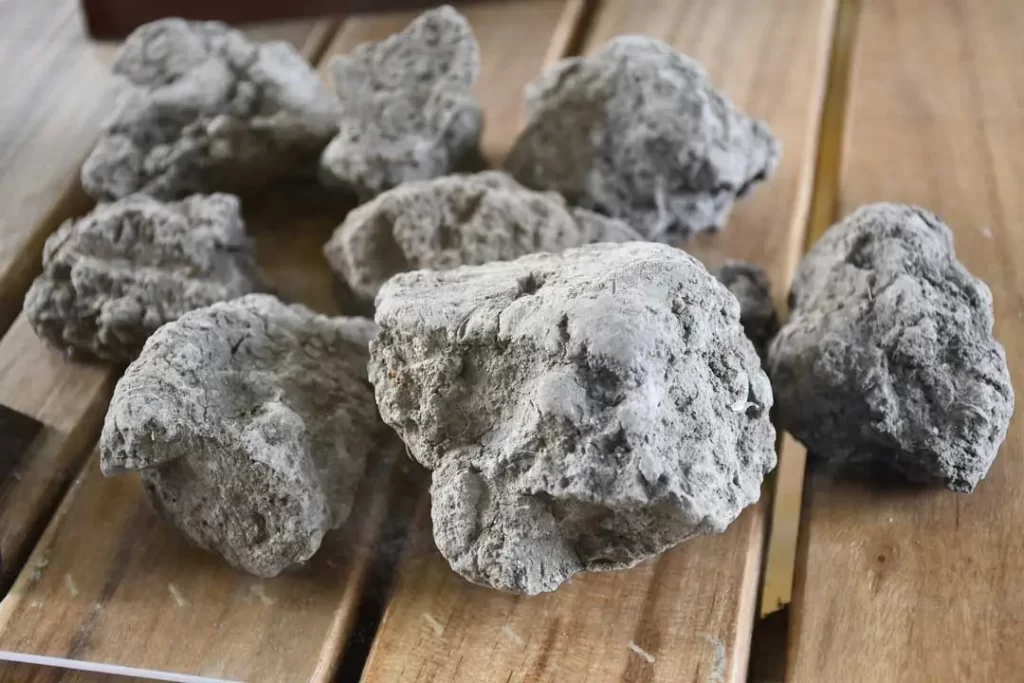
Barro Liso Oscuro
Extraído de la mina o algunos yacimientos de la región, según los artesanos, que no es otra cosa que canteras a cielo abierto. Este material permite la fabricación de cerámica en forma manual, creando piezas únicas y originales una a una. Es materia prima básica para la fabricación de nuestra cerámica.
La actividad de extracción del barro en las minas es más competencia del hombre.
Dark Smooth Mud
Extracted from the mine or some deposits in the region, according to the artisans, which are nothing more than open-pit quarries. This material allows the manufacture of ceramics in a manual way, creating unique and original pieces one by one. It is the basic raw material for the manufacture of our ceramics.
The activity of extracting the clay in the mines is allocated mainly to men.
Barro Arenoso
Barro igualmente extraído de la mina, de composición más suelta. Al ser mezclado homogéneamente con el barro liso permite la fabricación de cerámica en forma manual. Es materia prima básica para la fabricación de nuestra cerámica. Igualmente su extracción es encargo de los hombres.
Sandy mud
Mud also extracted from the mine, with a looser composition. When mixed homogeneously with the smooth clay, it allows the manufacture of ceramics by hand. It is the basic raw material for the manufacture of our ceramics. Its extraction is also mainly done by men.
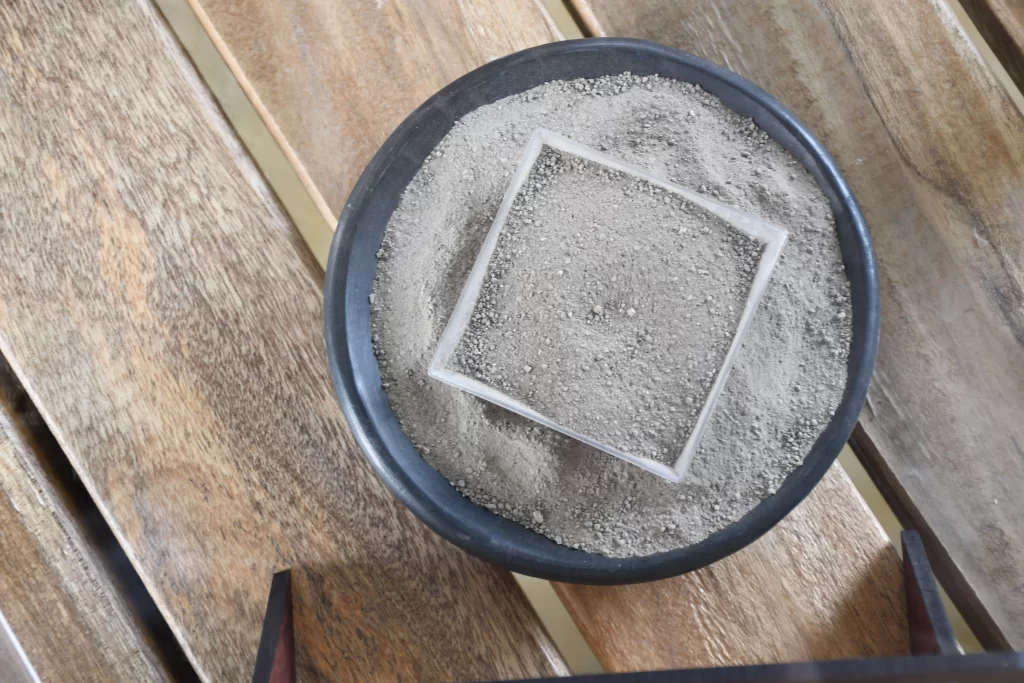
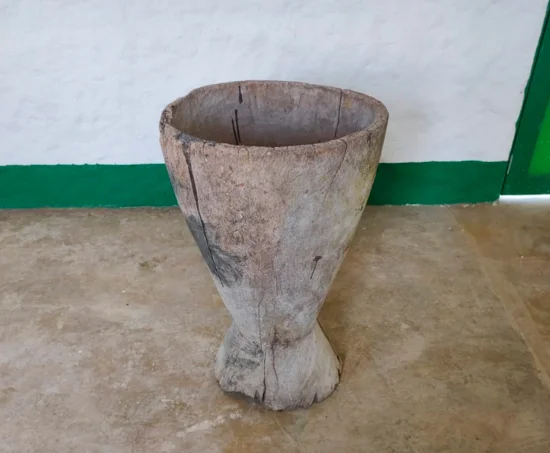
Molienda
Las dos clases de barro extraídos de la mina (barro liso y barro arenoso), deben ser molidos para permitir su fácil maniobrabilidad. Existen varias formas de molienda, desde el empleo de pilones en madera, pasando por rodillos de madera y actualmente se usan molinos manuales que generan ahorro de tiempo y energía en el proceso.
Milling
The two types of mud extracted from the mine (smooth mud and sandy mud) must be ground to allow easy handling. There are several ways of milling, from the use of wooden piles, through wooden rollers, and currently, manual mills are used, which save time and energy in the process.
Pasta
Una vez molidas las dos materias primas esenciales (barro liso y barro arenoso), se procede a realizar una mezcla homogénea utilizando agua, para conformar la pasta de barro. Inicialmente se forman bolas de barro dúctil y maleable que pueden ser fácilmente manipuladas para conformar plastas apretadas a mano que son la base para la conformación de las diferentes figuras utilitarias en la cerámica.
Paste
Once the two essential raw materials (smooth clay and sandy clay) have been ground, a homogeneous mixture is made using water to form the clay paste. Initially, balls of ductile and malleable clay are formed, which can be easily manipulated to form hand-tightened clay balls that are the basis for forming the different utilitarian figures in ceramics.
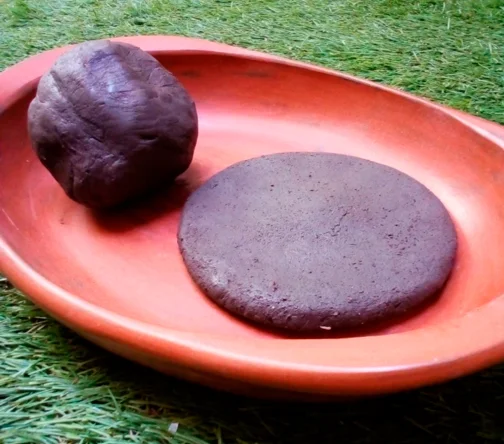
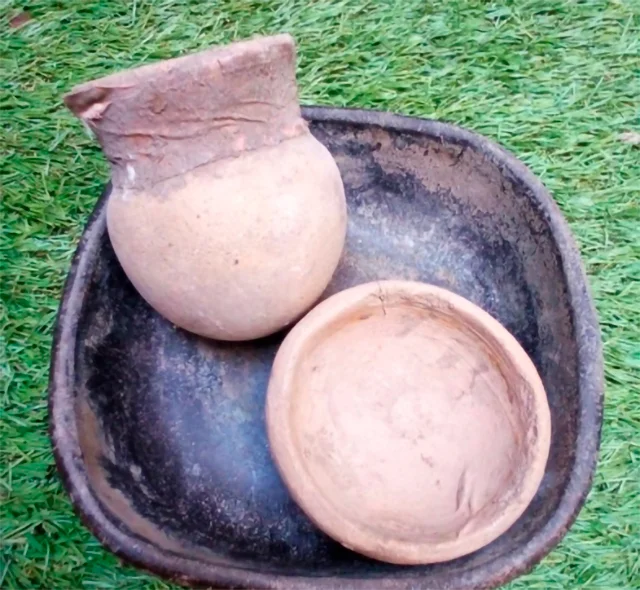
Moldeado de la cerámica
Considerando el material con que se fabrican las cerámicas en nuestro región, existen dos tipos de técnica para la fabricación de las piezas de cerámica: El Moldeado que se lleva a cabo utilizando moldes en barro fabricados de antemano y que cubiertos con barro arenoso molido, permite que la pasta no se adhiera al molde y el Modelado que es el manejo del barro directamente con la manos utilizando el mínimo posible de herramientas.
Molding of ceramics
Considering the material with which ceramics are made in our region, there are two types of techniques for the manufacture of ceramic pieces: Molding, which is carried out using clay molds made beforehand and covered with ground sandy clay, which prevents the paste from adhering to the mold, and Modeling, which is the handling of the clay directly by hand using as few tools as possible.
Herramientas para perfeccionar el moldeado de la pieza
Nuestros artesanos conocedores de las dificultades para la adquisición de herramientas modernas, han mantenido la tradición de emplear herramientas fabricadas por ellos mismos, tales como “palas”, que permiten cortar las rebabas sobrantes de la pasta de barro sobre el molde empleado, hechas con secciones de esterilla de guadua o radios de bicicleta anclados a cabos plásticos o nylon amarrado a lado y lado de alambrones curvos.
De igual manera para permitir alisar la cara externa de la pasta una vez moldeada, se utilizan “cucharas” que son secciones plásticas tipo espátula fabricadas con recipientes de uso doméstico y que permiten dar esa suavidad inicial al barro.
Tools to perfect the molding of the piece
Our artisans, aware of the difficulties in acquiring modern tools, have maintained the tradition of using tools manufactured by themselves, such as «shovels», which allow cutting the burrs left over from the clay paste on the mold used, made with sections of guadua mat, or bicycle spokes anchored to plastic, or nylon ropes tied to the side and side of curved wire rods.
In the same way, to allow smoothing of the external face of the paste once molded, «spoons» are used, which are plastic spatula-type sections made with containers of domestic use that give that initial smoothness to the clay.
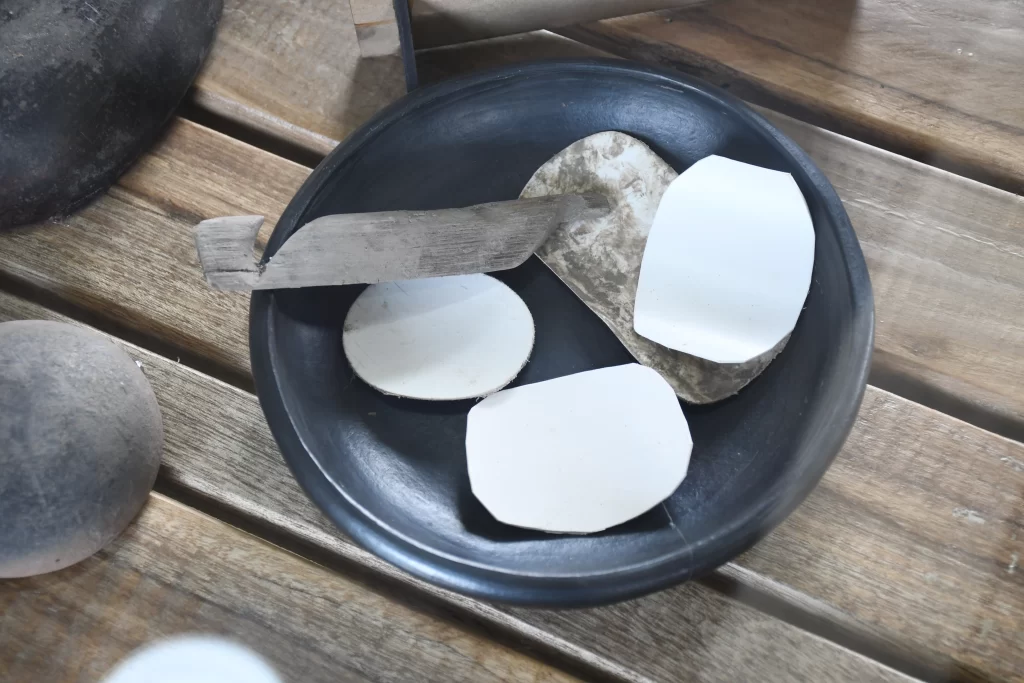
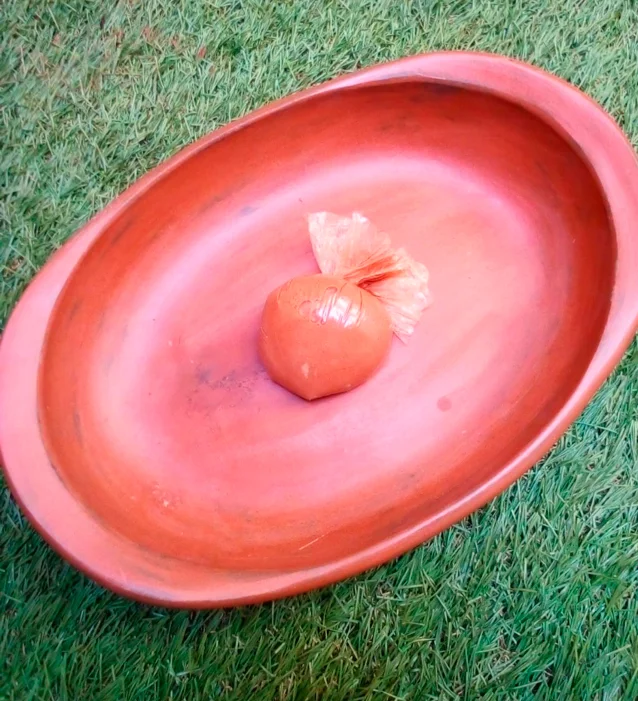
Barnizado
Un tercer componente básico para nuestra cerámica es el empleo de barro arcilloso llamado “barniz”, el cual es aplicado sobre la superficie de la pieza ya moldeada para permitir el sellado de poros, evitar su fisuramiento y mejorar su apariencia. Para la aplicación de este barniz, cuyo acabado es color terracota, el moldeado debe haber sido secado al aire libre durante un tiempo prudencial. Esta aplicación del barniz se realiza por capas con su tiempo de secado entre ellas y empleando “cucharas” para su alisado.
Varnishing
A third basic component for our ceramics is the use of clay called «varnish», which is applied on the surface of the molded piece to allow the sealing of pores, prevent cracking and improve its appearance. For the application of this varnish, whose finish is terracotta colored, the molding must have been air-dried for a reasonable period of time. This application of the varnish is done in layers with the drying time between them and using «spoons» for smoothing.
Bruñido
Una vez se seca el barniz aplicado sobre la pieza de alfarería, se procede a realizar el bruñido, el cual consiste en emplear piedras de Ágata de diferentes tamaños que permiten pulir y brillar la pieza al punto final de acabado. Durante muchos años los primeros alfareros utilizaban piedras de río lisas para esta labor, hasta que descubrieron que, comercialmente, las piedras de ágata daban mejor resultado. Estas piedras con su uso van perdiendo su propiedad de pulida y deben ser reemplazadas.
Burnishing
Once the varnish applied on the piece of pottery is dry, the next step is burnishing, which consists of using Agate stones of different sizes that allow polishing and shining the piece to the final finishing point. For many years the first potters used smooth river stones for this work until they discovered that, commercially, agate stones gave better results. These stones lose their polishing properties with use and must be replaced.
In the same way, to allow smoothing of the external face of the paste once molded, «spoons» are used, which are plastic spatula-type sections made with containers of domestic use that give that initial smoothness to the clay.
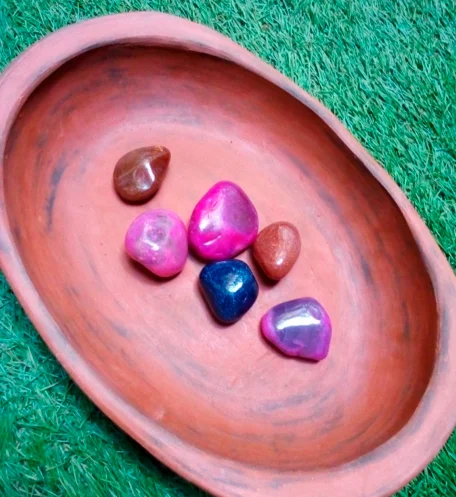
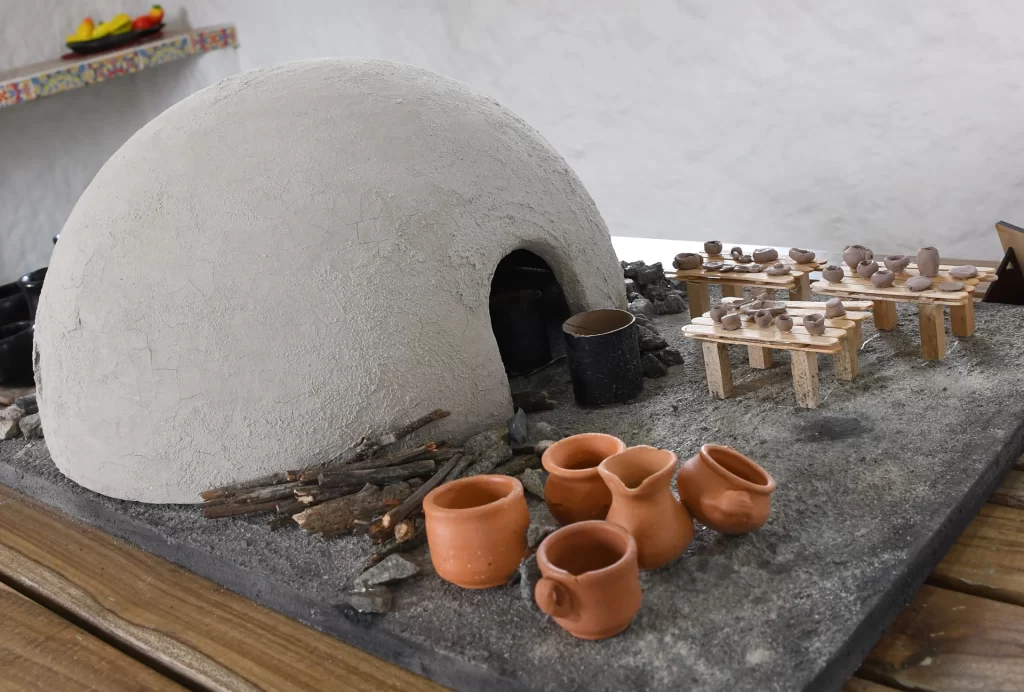
Horno
Las piezas fabricadas deben ser secadas al aire libre hasta que pierdan el exceso de humedad. Posteriormente se procede a “cocerlas” al horno. Este horno es fabricado en el mismo material, es decir barro de la región, con una abertura principal de entrada y dos aberturas laterales denominadas “oídos”. Su temperatura, que llega a los 950 grados celsius aproximadamente, es producida por la combustión de la leña. Las piezas son metidas al horno en recipientes metálicos que consisten en medias canecas circulares permitiendo su cocción pareja. Para garantizar la cocción, las canecas van retiradas de los muros internos del horno y separadas entre sí para poder, en medio, colocar la leña de combustión.
Oven
The manufactured pieces must be air-dried until they lose the excess of humidity. Afterwards, they are «cooked» in the oven. This oven is made of the same material, which is mud from the region, with a main entrance opening and two lateral openings called «ears». Its temperature, which reaches 950°C approximately, is produced by the combustion of firewood. The pieces are placed in the kiln in metallic containers consisting of half-circular baskets that allow for even cooking. To guarantee the cooking, the baskets are separated from the internal walls of the kiln and from each other so that the wood for combustion can be placed in the middle.
Ahumado
Todas las piezas entran al horno en color barniz y salen cocidas después de 4 horas aproximadamente en color negro. Para alcanzar su brillo final, una vez se retiran las canecas del horno, a cada una de estas canecas se le aplica estiércol de caballo seco llamado “ boñiga” y se debe tapar para evitar combustión. Esta boñiga genera el brillado final o “Ahumado”, que conocemos de nuestra artesanía ancestral.
Smoked
All the pieces enter the kiln in a varnish color and come out cooked after approximately 4 hours with a black color. To achieve its final shine, once the baskets are removed from the oven, dry horse manure called «boñiga» is applied to each of these baskets and must be covered to prevent combustion. This «boñiga» generates the final shine or «Smoked», which we know from our ancestral craftsmanship.
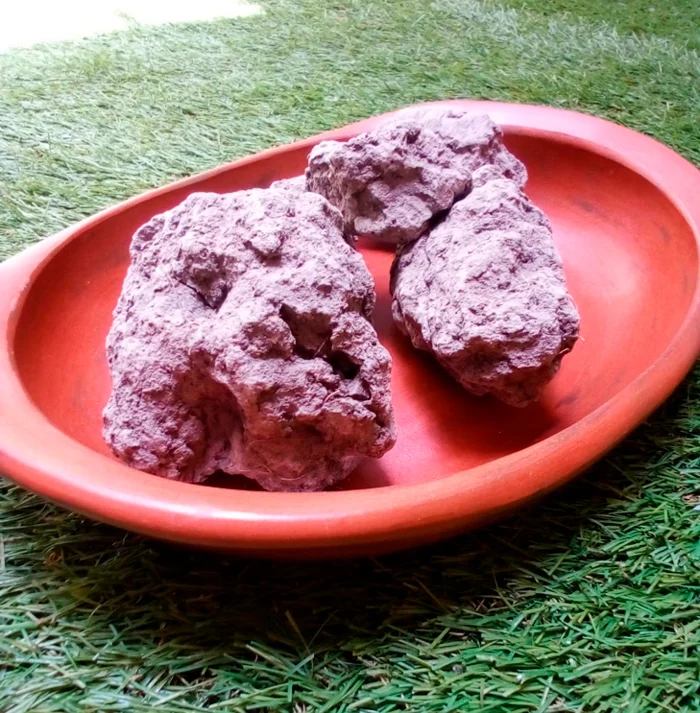
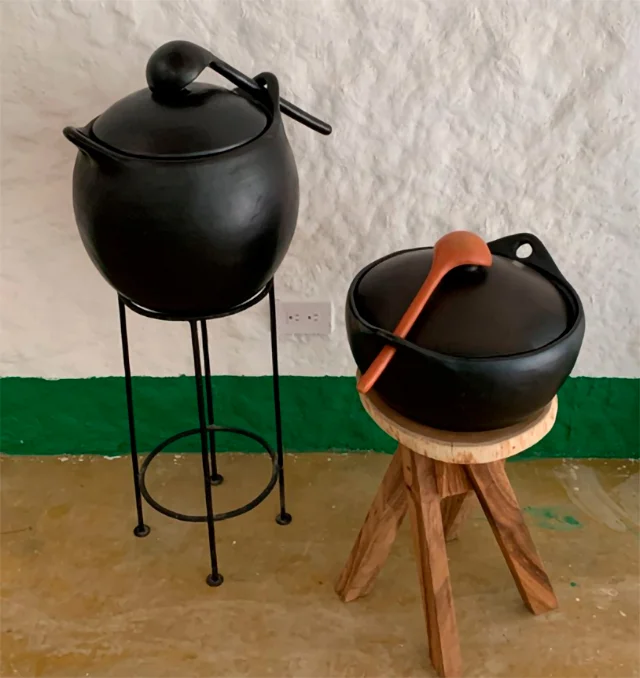
Resultado final
Productos únicos producidos a mano por nuestros artesanos, con una sola cosa en común y es que todas las piezas son de arcilla natural, procesada y brillada de forma natural y luego horneada, lo que la convierte en piezas de alfarería 100% natural.
Final result
Unique products produced by hand by our artisans, with only one thing in common and that is that all the pieces are made of natural clay, processed and polished naturally, and then “cooked”, which makes them 100% natural pottery pieces.

